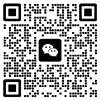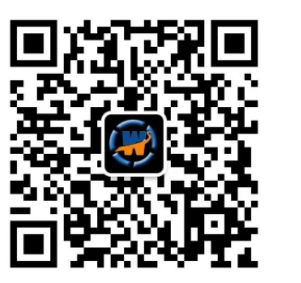Discharge needle therapy is a traditional Chinese medicine therapy that treats various diseases by applying pulsed current to specific acupuncture points. Although this therapy has shown
certain clinical efficacy, due to its specificity and irritation, we need to conduct certain monitoring to ensure the effectiveness and safety of the treatment.
The efficacy monitoring methods of discharge needle therapy can be carried out from the following aspects:
1. Observation of the main complaint and symptoms: Before performing discharge needle therapy, the doctor must first understand the patient's main complaint and symptoms in detail, understand the development process of the disease and the severity of the disease. During the treatment process, the doctor also needs to observe the patient's symptom changes, such as pain relief, functional improvement, etc., as well as whether there are adverse reactions and complications.
2. Physical examination: Before performing discharge needle therapy, the doctor needs to conduct a comprehensive physical examination of the patient, including physical examination, palpation, auscultation, visual examination, etc., to understand the patient's physical condition and the development of the disease. During the treatment process, the doctor also observes the patient's physical reactions, such as local skin conditions, pulse, breathing, etc., as well as whether there are discomfort and abnormal symptoms.
3. Biochemical index detection: Before the discharge needle treatment, the doctor can perform some routine biochemical index tests according to the patient's condition, such as blood routine, urine routine, liver and kidney function, etc., to understand the patient's physical condition. During the treatment, the doctor can also perform biochemical index tests as needed to monitor the changes in the patient's biochemical indicators to evaluate the effect and safety of the treatment.
4. Imaging examination: For some diseases that require further diagnosis and evaluation of the efficacy, the doctor can perform some imaging examinations according to the patient's condition, such as X-rays, CT, MRI, etc., to observe the changes in lesions and the treatment effect. During the treatment, the doctor can also perform imaging examinations as needed to monitor the changes in lesions and evaluate the efficacy
The efficacy monitoring methods of discharge needle treatment are multifaceted, and the doctor needs to comprehensively select appropriate monitoring methods according to the patient's condition and treatment needs. Through comprehensive monitoring and evaluation, the effectiveness and safety of the treatment can be better understood, and the success rate of treatment and patient satisfaction can be improved.






